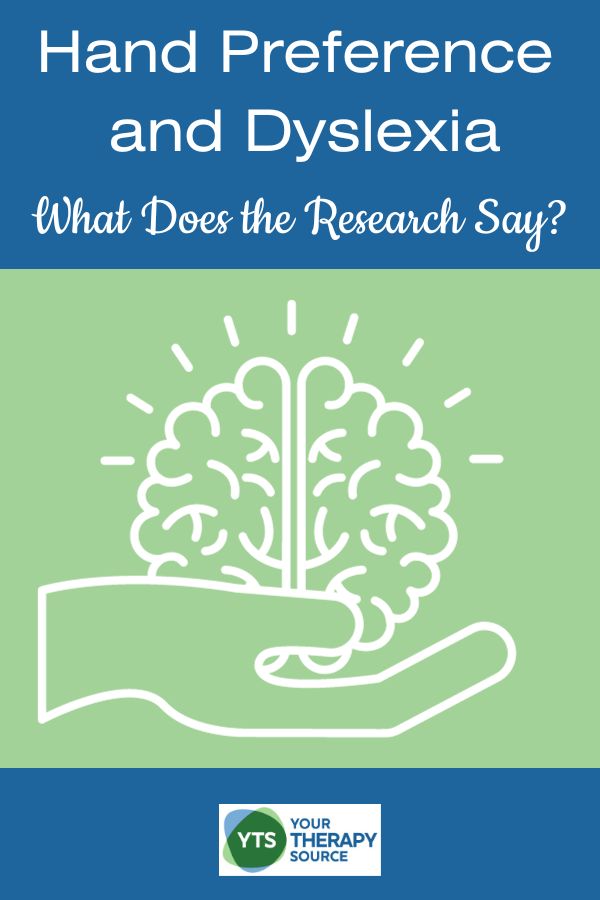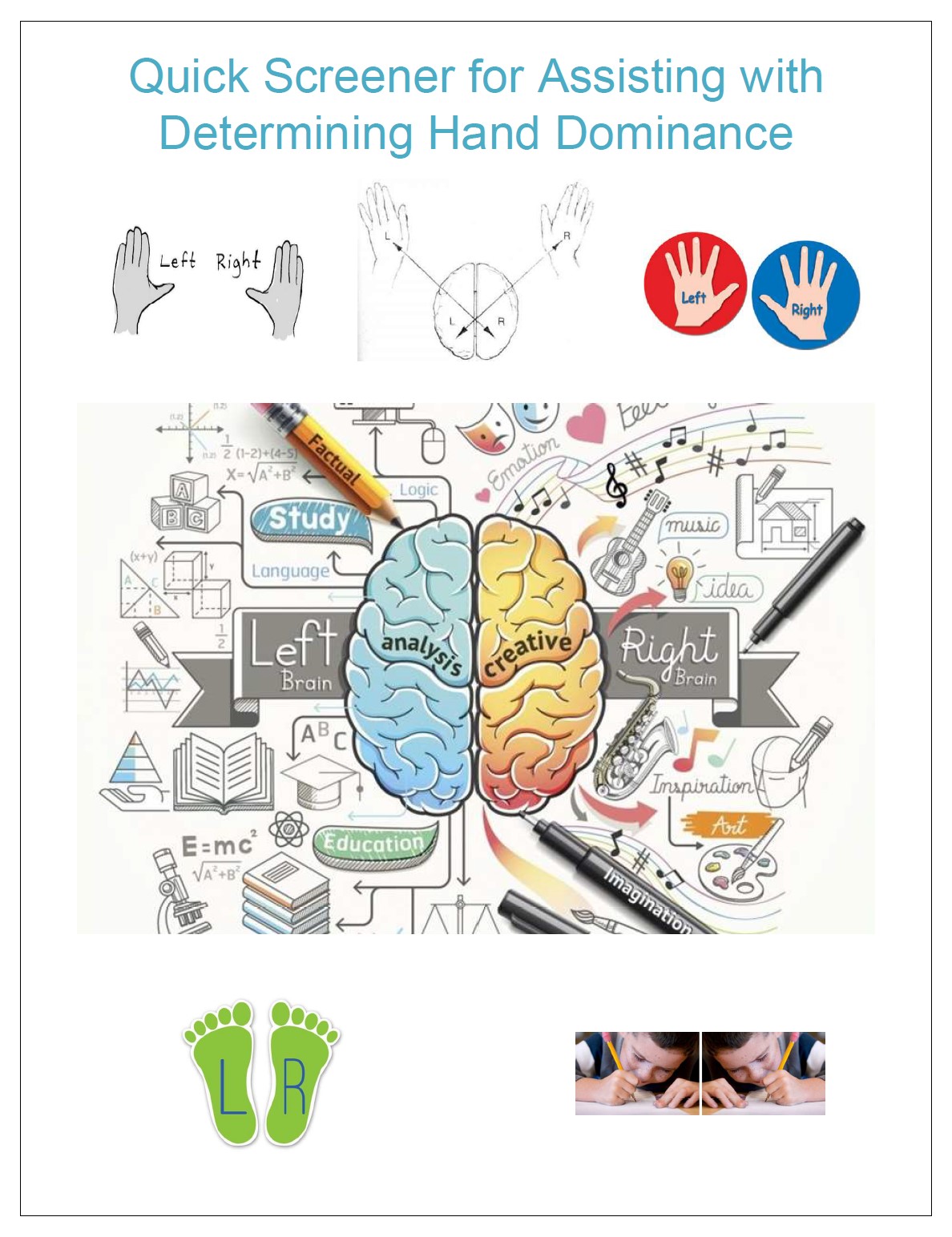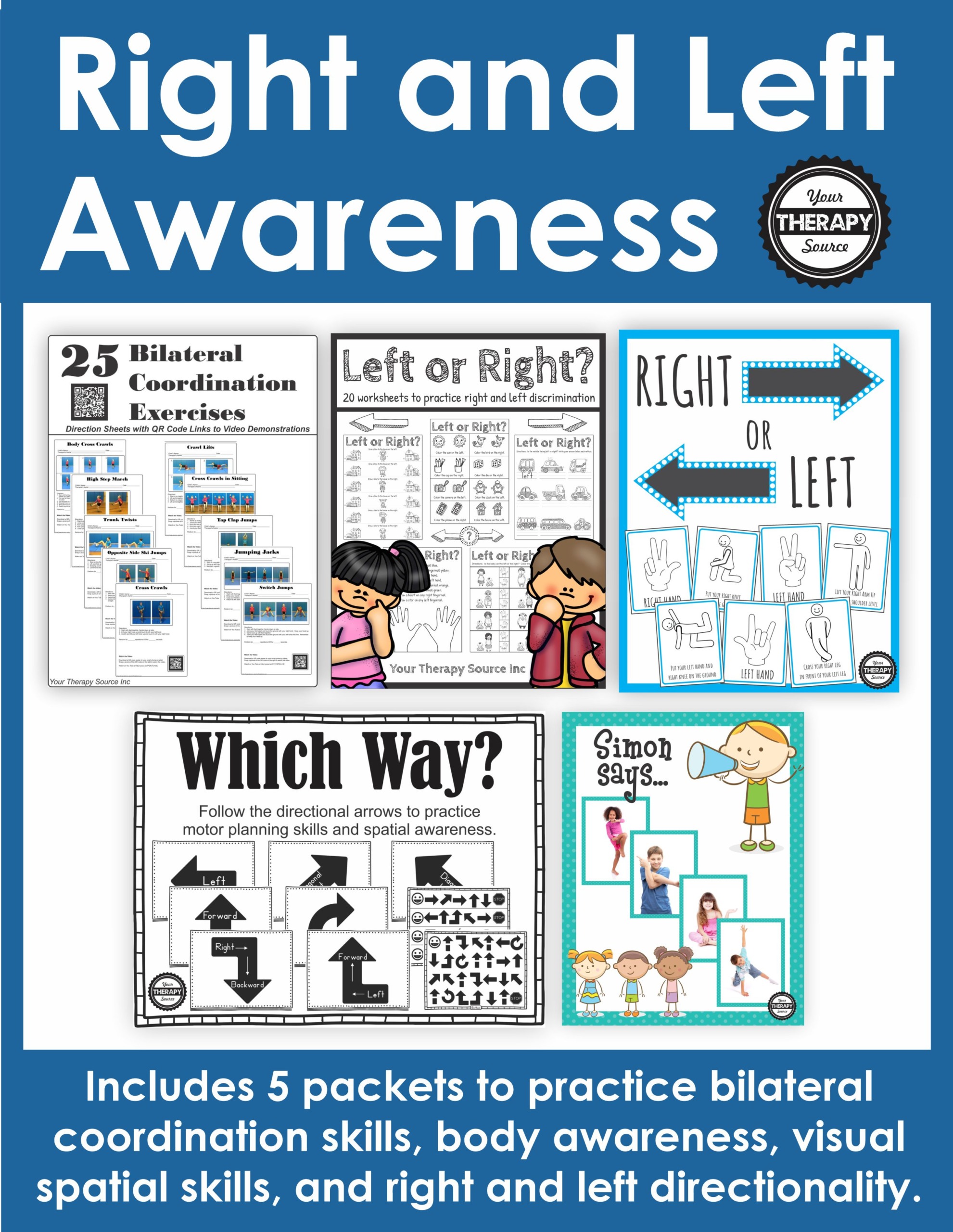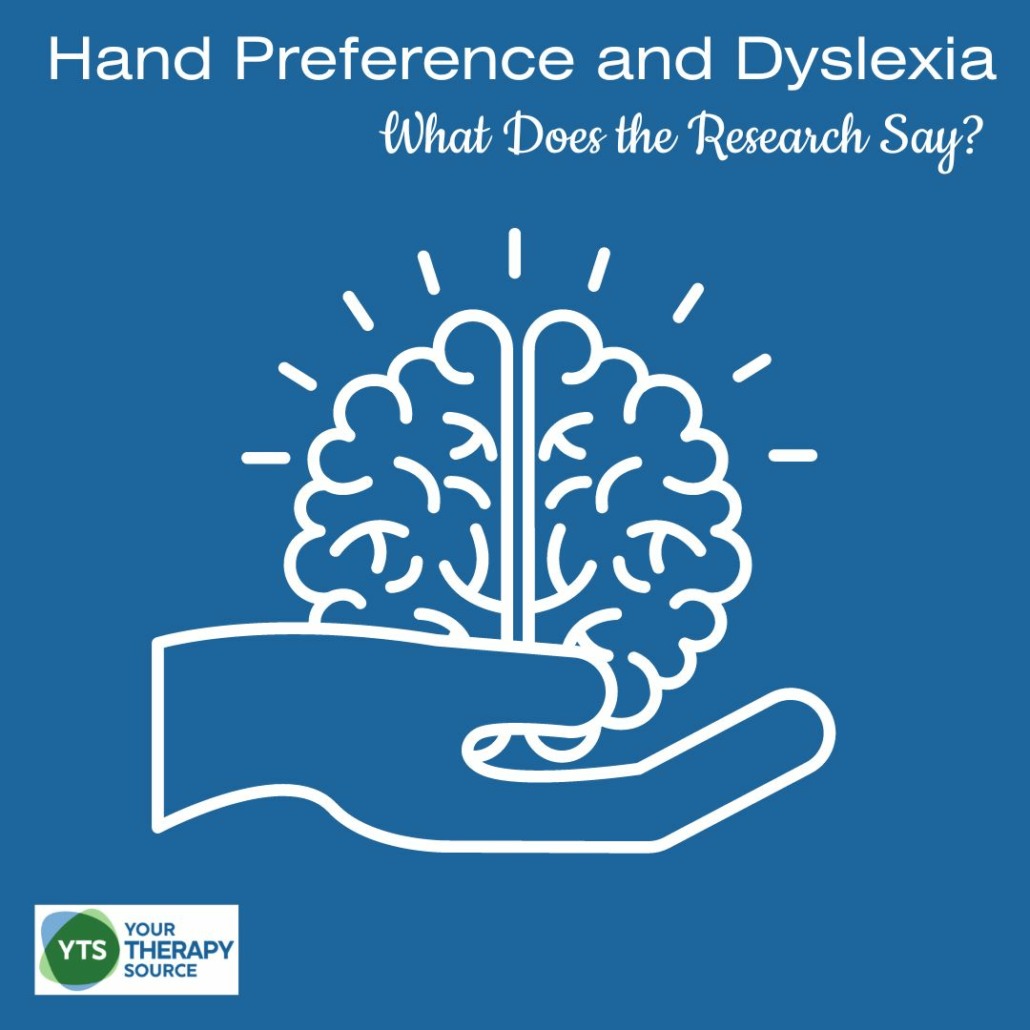Exploring the Connection Between Hand Preference and Dyslexia

Hand preference, often referred to as ‘handedness,’ plays a crucial role in understanding an individual’s cognitive and motor functions. For educators and therapists, recognizing the nuances of handedness can provide valuable insights into the learning profiles and strengths of their students or clients. Particularly, when it comes to children with learning difficulties like dyslexia, understanding the correlation between handedness and the condition can aid in tailored interventions and more effective teaching strategies. Recognizing this importance, researchers from the University of St Andrews, in collaboration with experts from Greece, the Netherlands, Germany, and the UK, have explored the connection between hand preference and dyslexia.

Dominant Hand Screener
Did You Know?
In the general population, about 80% of people primarily use their right hand for everyday tasks. This is considered “typical” handedness. The remaining 20% consists of left-handers and people who use both hands (mixed-handers).
Modern Research Insights
Today’s researchers look into the genetics of tiny hair-like structures called cilia, which are present in our cells, to understand this handedness-dyslexia link. Here’s why:
- Cilia play a pivotal role during early development, especially in determining the left-right orientation of organs in the embryo.
- Fascinatingly, some genes linked to dyslexia are also active in cilia. This suggests that similar events during brain development might influence both the brain’s asymmetry and the risk of dyslexia.
- A recent significant study found that handedness and its genetic roots are linked to the brain’s asymmetry. This could mean that changes in the brain’s structure might be the bridge connecting handedness and dyslexia.
What Do Studies Say About Handedness in Dyslexic Individuals?
The evidence is mixed. Some studies indicate that people with dyslexia might have a higher likelihood of atypical handedness (i.e., not predominantly right-handed). However, other studies have found no such connection.
Why This Matters:
- For researchers: Studying handedness can provide insights into its origins and genetic basis, especially when its development doesn’t follow the typical pattern.
- For clinicians, educators, and parents: Recognizing signs that might hint at dyslexia early on can help in timely diagnosis and intervention, which is crucial for supporting those with the condition.
Initial Hypothesis and Findings about the Most Recent Study
The initial theory postulated a connection between left-handedness and dyslexia. However, the research unveiled that dyslexia is more robustly associated with mixed-handedness rather than purely being left-handed. Professor Silvia Paracchini from the University of St Andrews highlighted that though there’s a stronger tie with mixed-handedness, the correlation shows only a minor 2% rise among dyslexic individuals in contrast to the general population.
The Study’s Methodology on Hand Preference and Dyslexia
The team, under the leadership of Dr. Marietta Papadatou-Pastou from the National and Kapodistrian University of Athens, conducted an exhaustive literature review. They identified 68 relevant studies involving more than 45,000 participants. These were categorized and analyzed in three distinct meta-analyses. A notable observation was the need for a clearer definition of ‘mixed-hand preference’ due to inconsistencies across different studies.
Results from the Meta-Analyses on Hand Preference and Dyslexia
- Non-right-handedness Meta-analysis: Comprising 68 studies, it found a higher inclination for non-right-handedness in dyslexics.
- Left-handedness Meta-analysis: Analyzing 61 studies, it indicated a higher tendency for left-handedness among dyslexic individuals.
- Mixed-handedness Meta-analysis: Based on 24 studies, it highlighted an increased rate of mixed-handedness among dyslexic participants.
Though dyslexic individuals tend to have elevated atypical handedness levels, the most pronounced effect in the non-right-handedness meta-analysis stems from the greater levels of mixed-handedness. The study propounds that the intensity or strength of handedness could be a more telling gauge of cerebral organization and behavioral tendencies than the mere direction of handedness.

Right and Left Awareness Bundle
Key Points about Hand Preference and Dyslexia
- Dyslexia has a stronger link to mixed-handedness than pure left-handedness.
- Dyslexic individuals typically display heightened atypical handedness levels.
- The pronounced effect in the non-right-handedness study largely results from the raised mixed-handedness levels in dyslexics.
- The strength, rather than the direction of handedness, could offer better insights into brain organization and behavior.
- Recent genetic studies reveal common genes and biological pathways between lateralization and dyslexia.
Ways to Apply this Research to Help Your Students
Understanding the deeper correlation between dyslexia and handedness isn’t just a matter of academic interest; it holds practical applications in educational settings. For teachers and educators, recognizing a student’s mixed-handed tendencies could be an early indicator of potential reading or learning challenges. By being attentive to these cues, educators can provide tailored interventions or adopt specific teaching strategies to support these students.
Fostering an inclusive classroom environment that respects and acknowledges diverse learning profiles, including varied handedness, can bolster student confidence. Integrating tools or techniques, such as multisensory instruction methods, that cater to both right and mixed-handed learners can enhance the learning experience, ensuring that every student gets an equal opportunity to thrive academically.
Reference
Packheiser, J., Papadatou-Pastou, M., Koufaki, A., Paracchini, S., Stein, C. C., Schmitz, J., & Ocklenburg, S. (2023). Elevated levels of mixed-hand preference in dyslexia: Meta-analyses of 68 studies. Neuroscience & Biobehavioral Reviews, 105420.
Read More About Dyslexia
Visual Deficits in Children with Dyslexia



